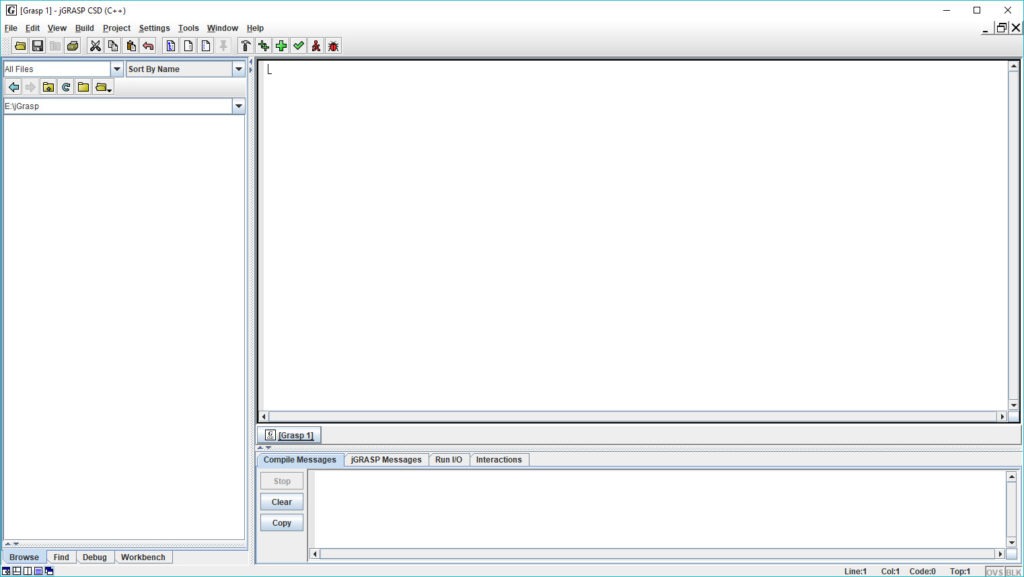

The Java editor makes it easier for programmers to build custom software applications by highlighting the Java code both syntactically and semantically. Each new version of NetBeans comes with an improvised and reworked Java editor. It can also be extended for plug-ins at a later date by third-party Java development team. Its adaptability extends to mobile use, making it a popular IDE in the mobile-centric development world. It is an open-source IDE that is easy to install, can run across different platforms, and is easy to use. It runs on Windows, macOS, Linux, and Solaris. It allows the applications to be developed from a set of modular software components called modules. NetBeans is another most important Java IDE. They will find a standard that is common for all the employee who are working for that project. Many a times when a team in an organization is working with an IDE from a long time. Where in the IDE automatically adds the comments according to the code written. Many IDE's provide a feature for built-in documentation. An IDE provides various built-in tools that help to avoid mistakes, and provide shortcuts. The main purpose of using an IDE is to save time and write code efficiently. In this section, we will discuss some widely used Java editores or IDEs. An IDE provides many functionalities such as auto-completion, debugger options, etc. 
But using a Java integrated development environment (IDE) helps the developer to develop software more efficiently.

Java programs can be written using a simple text-editor.










